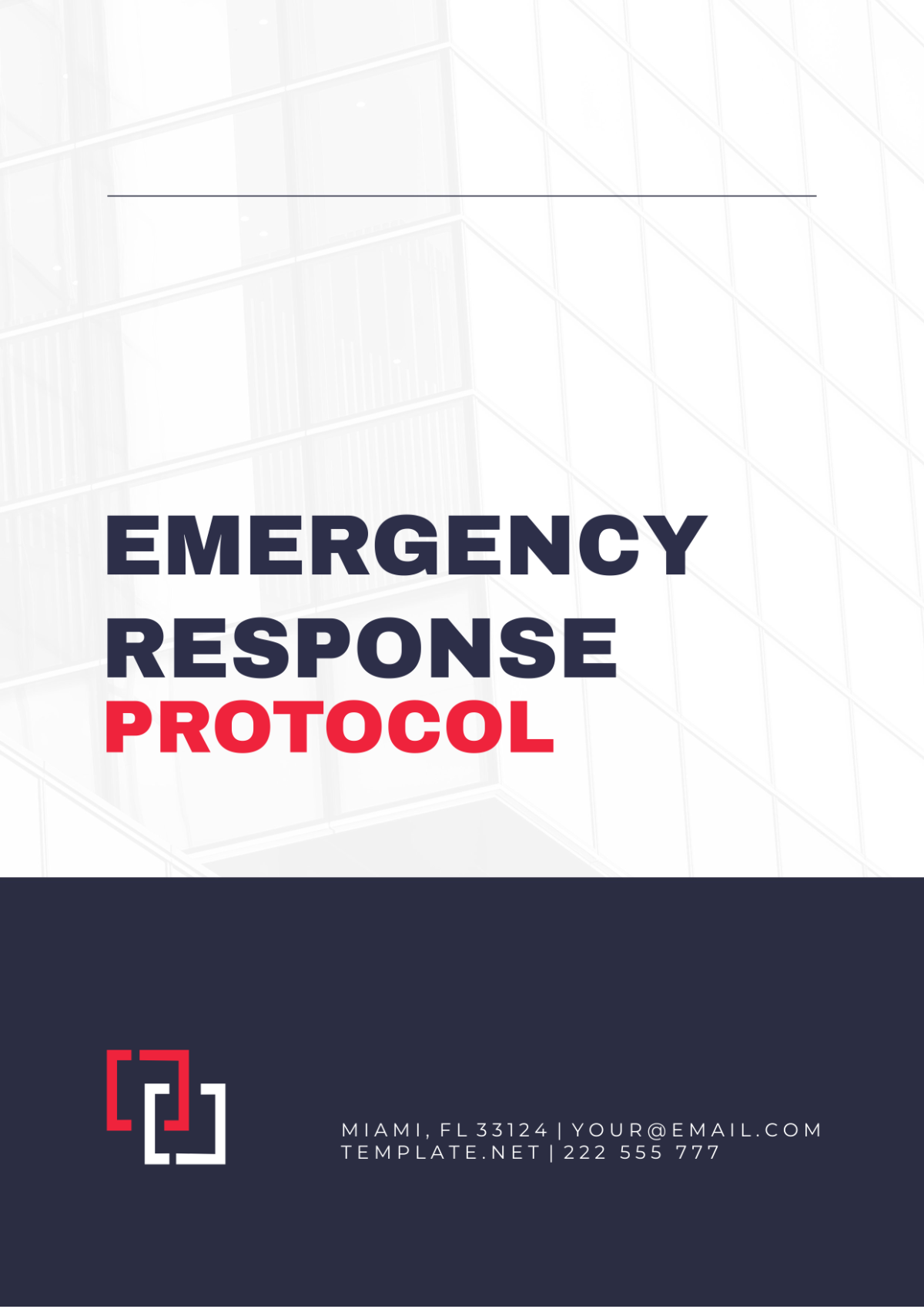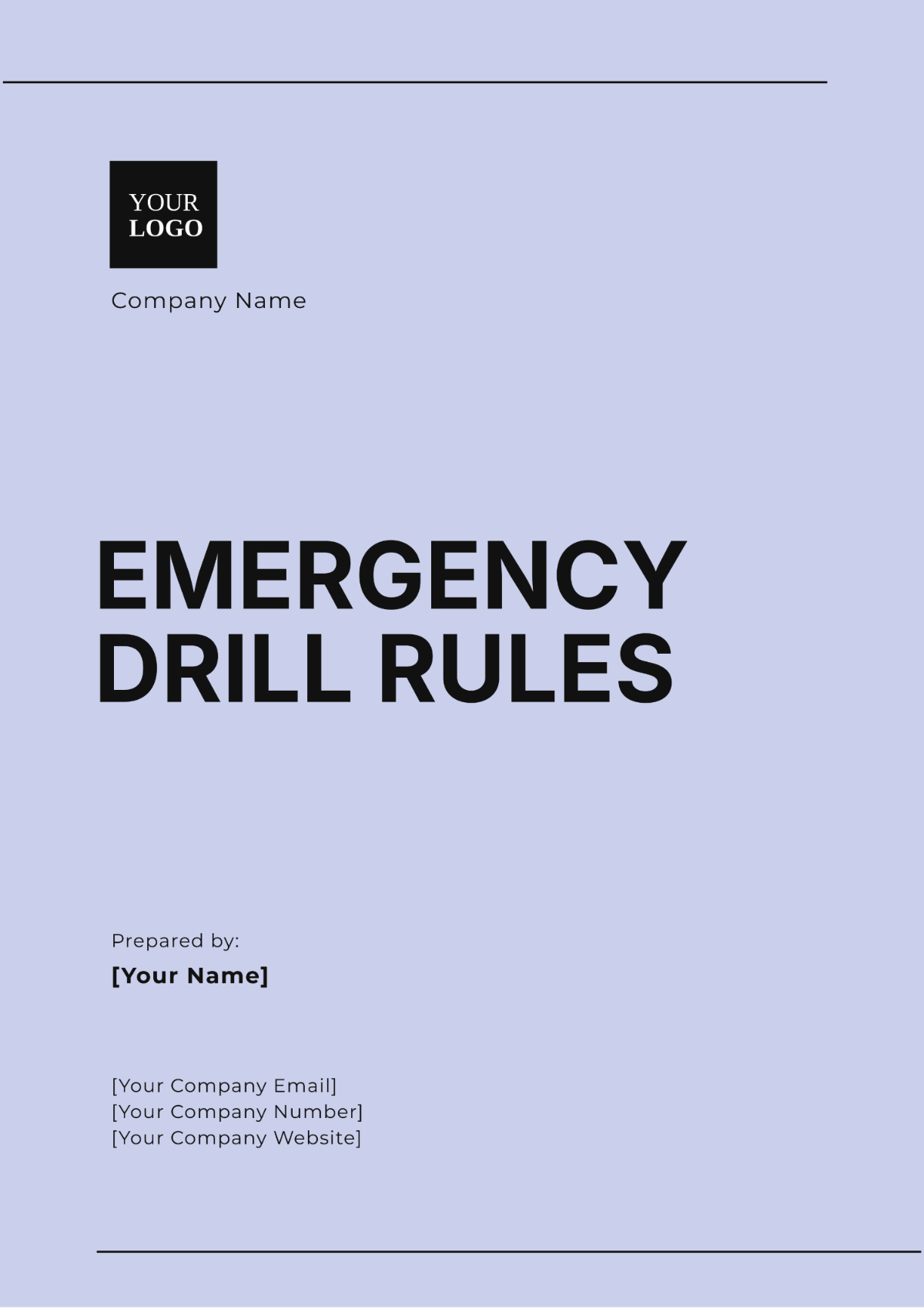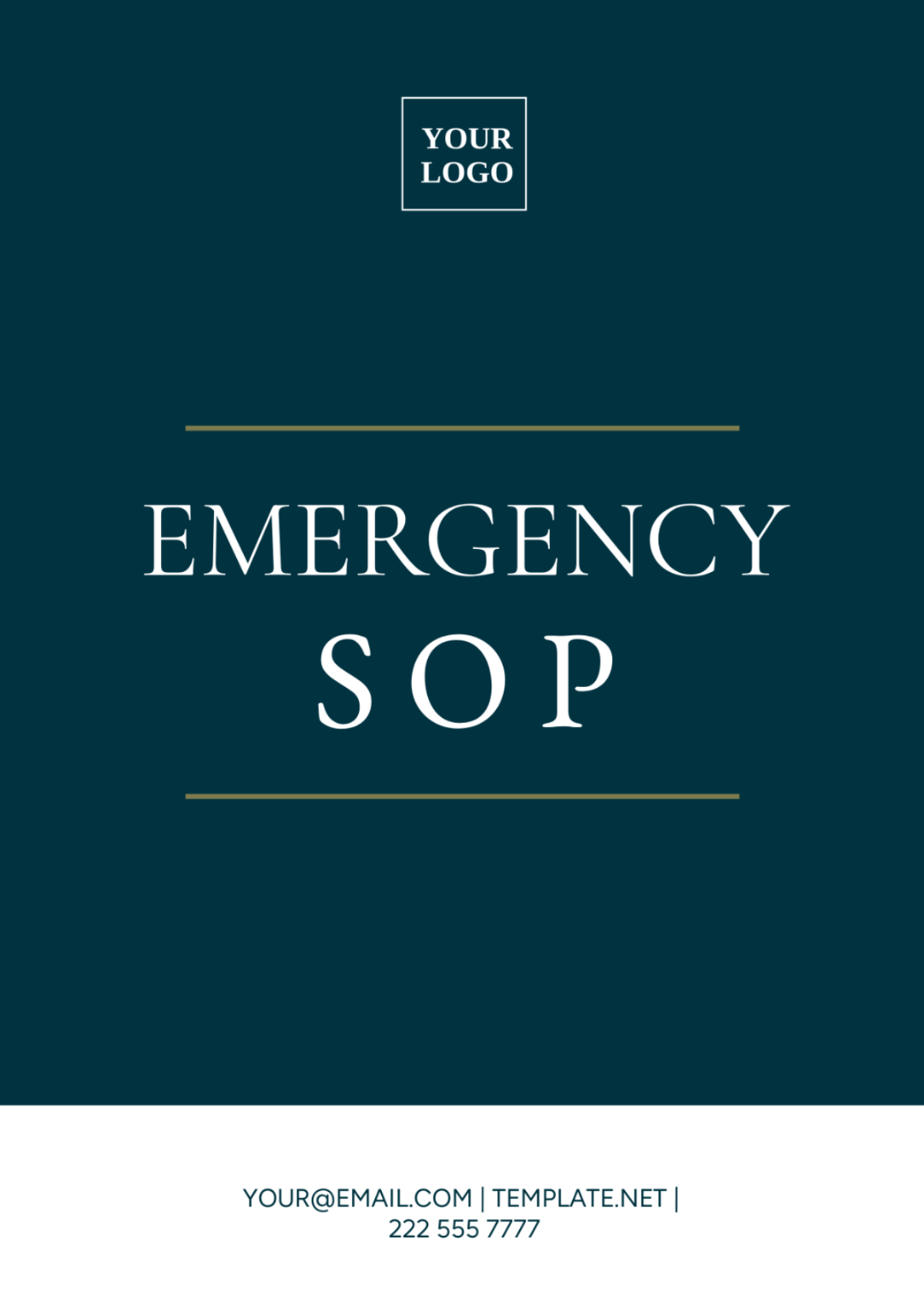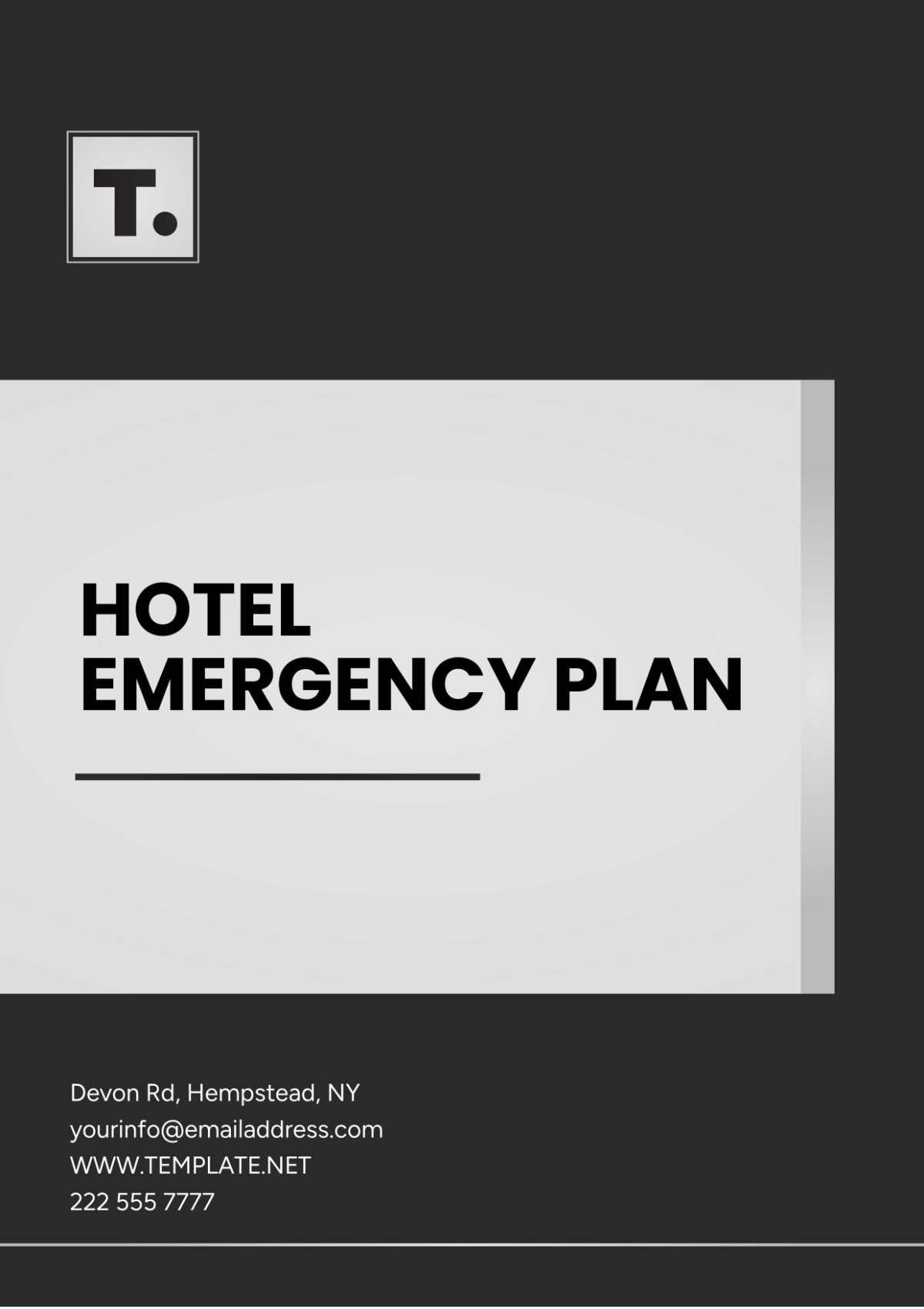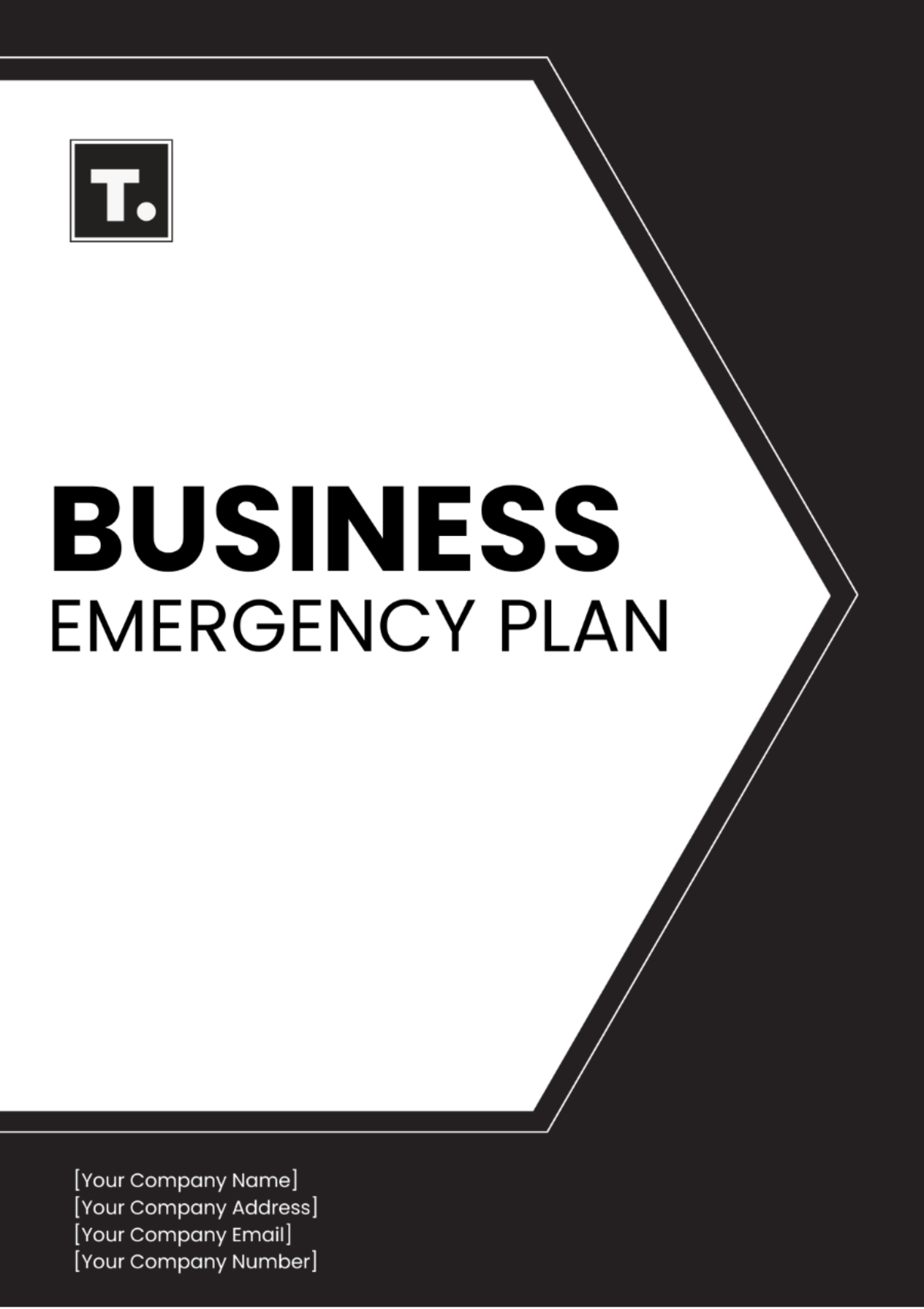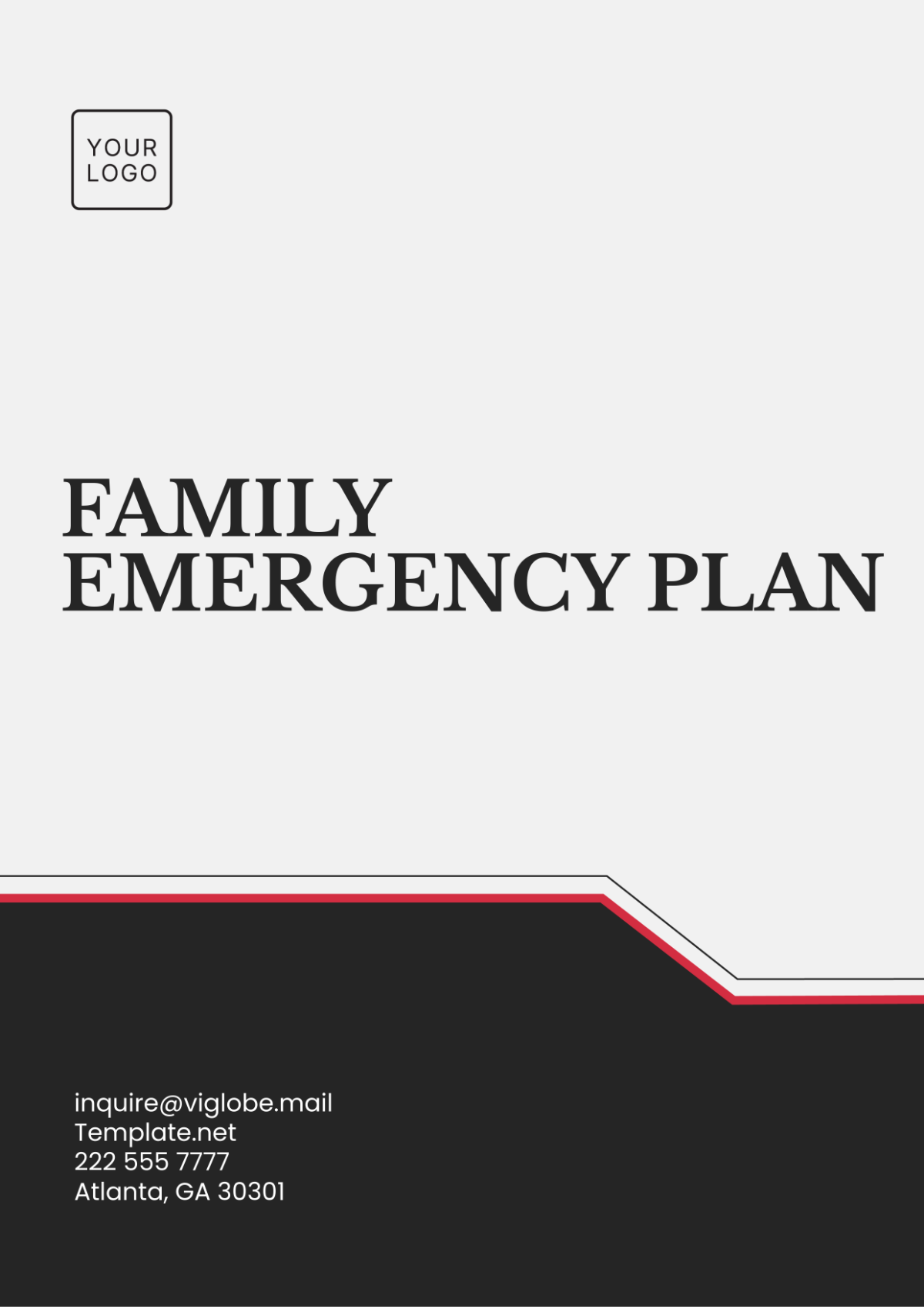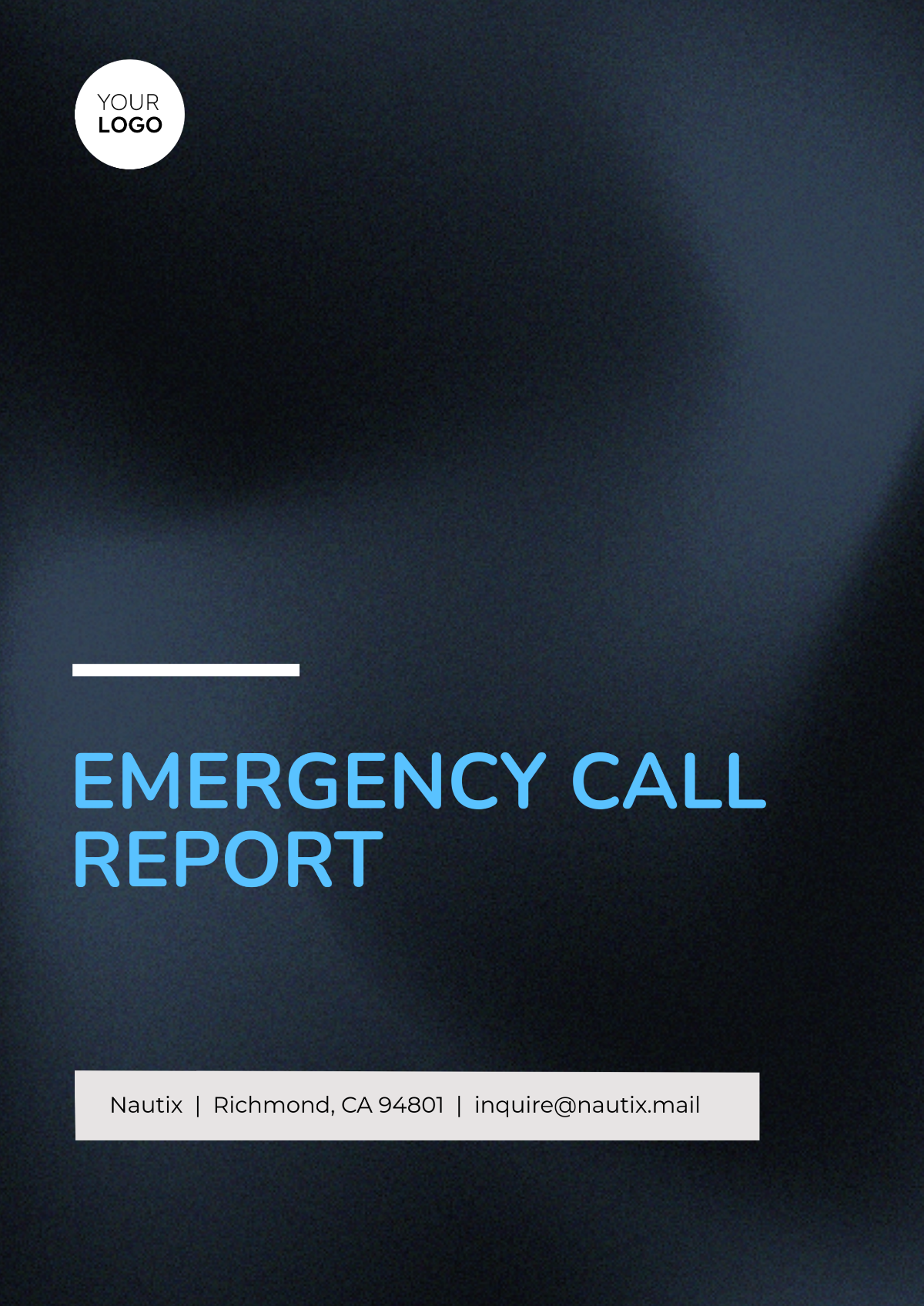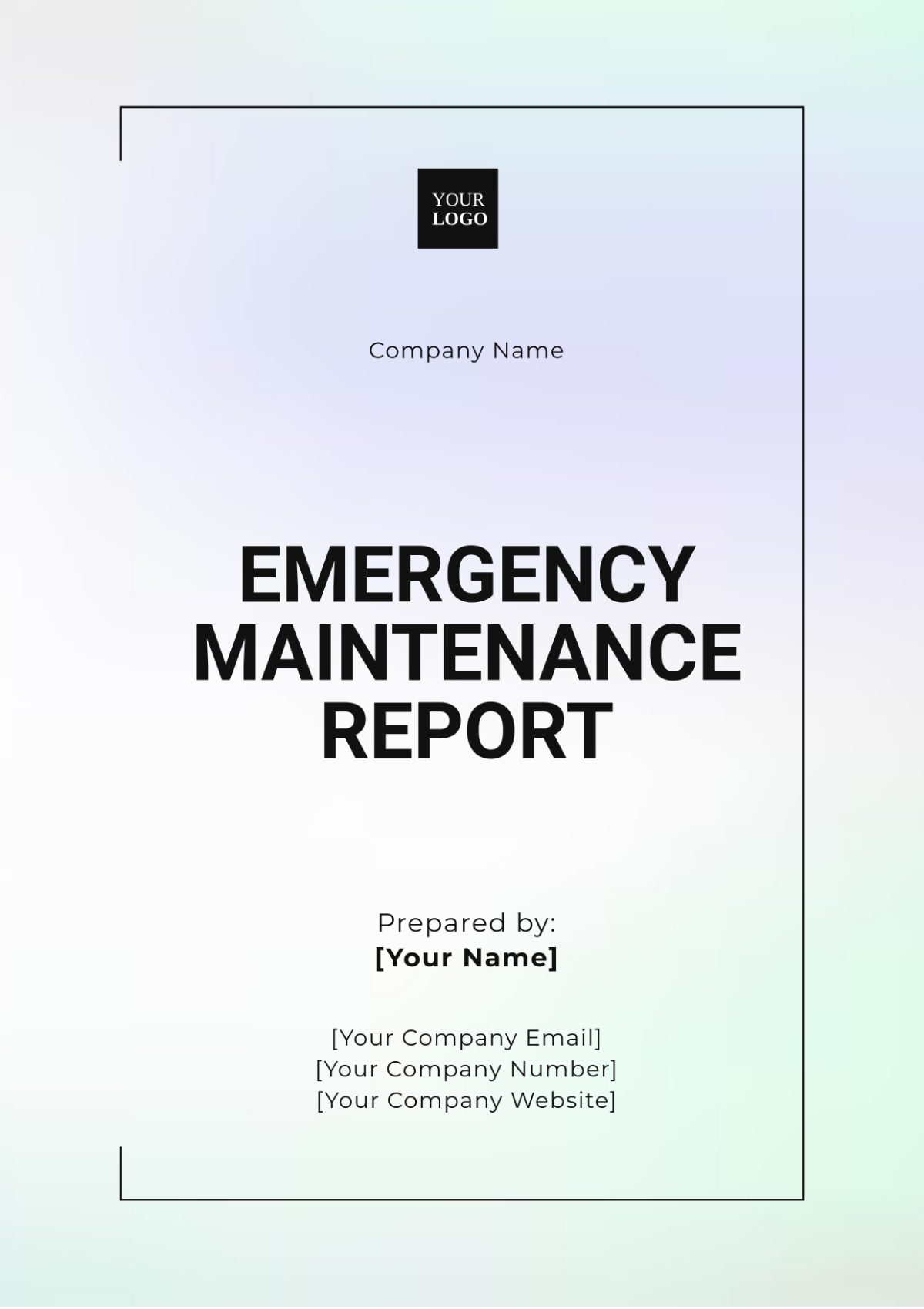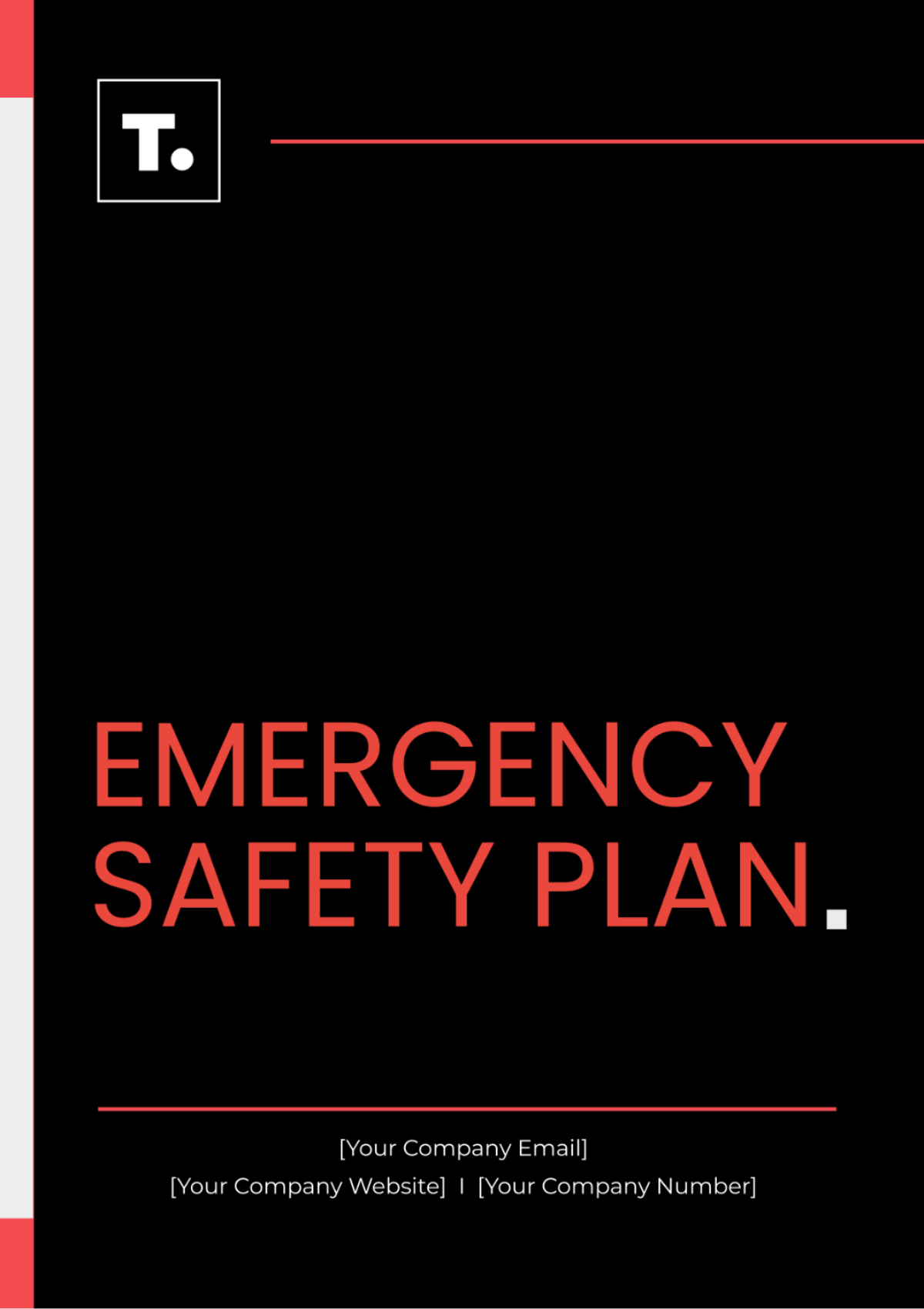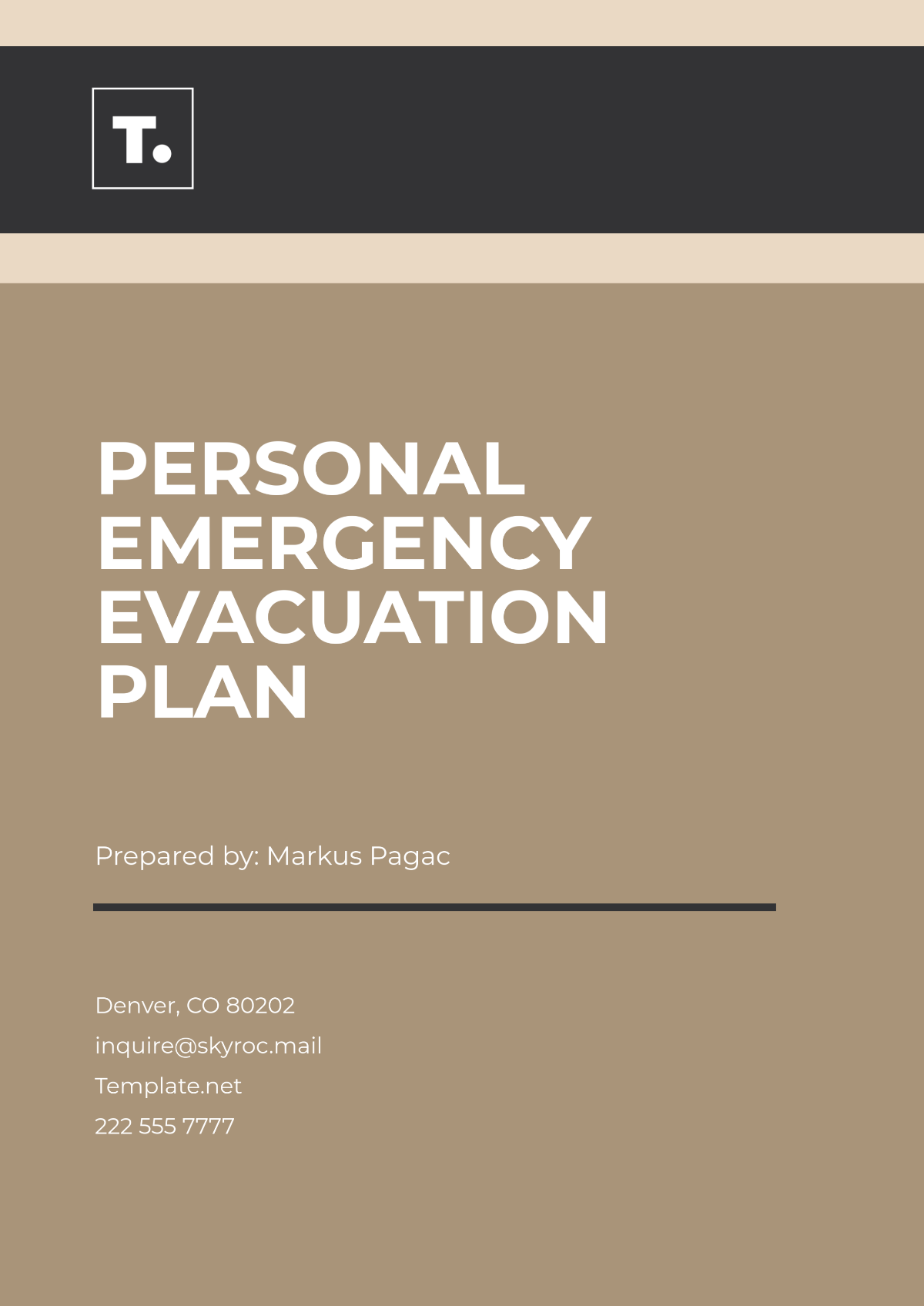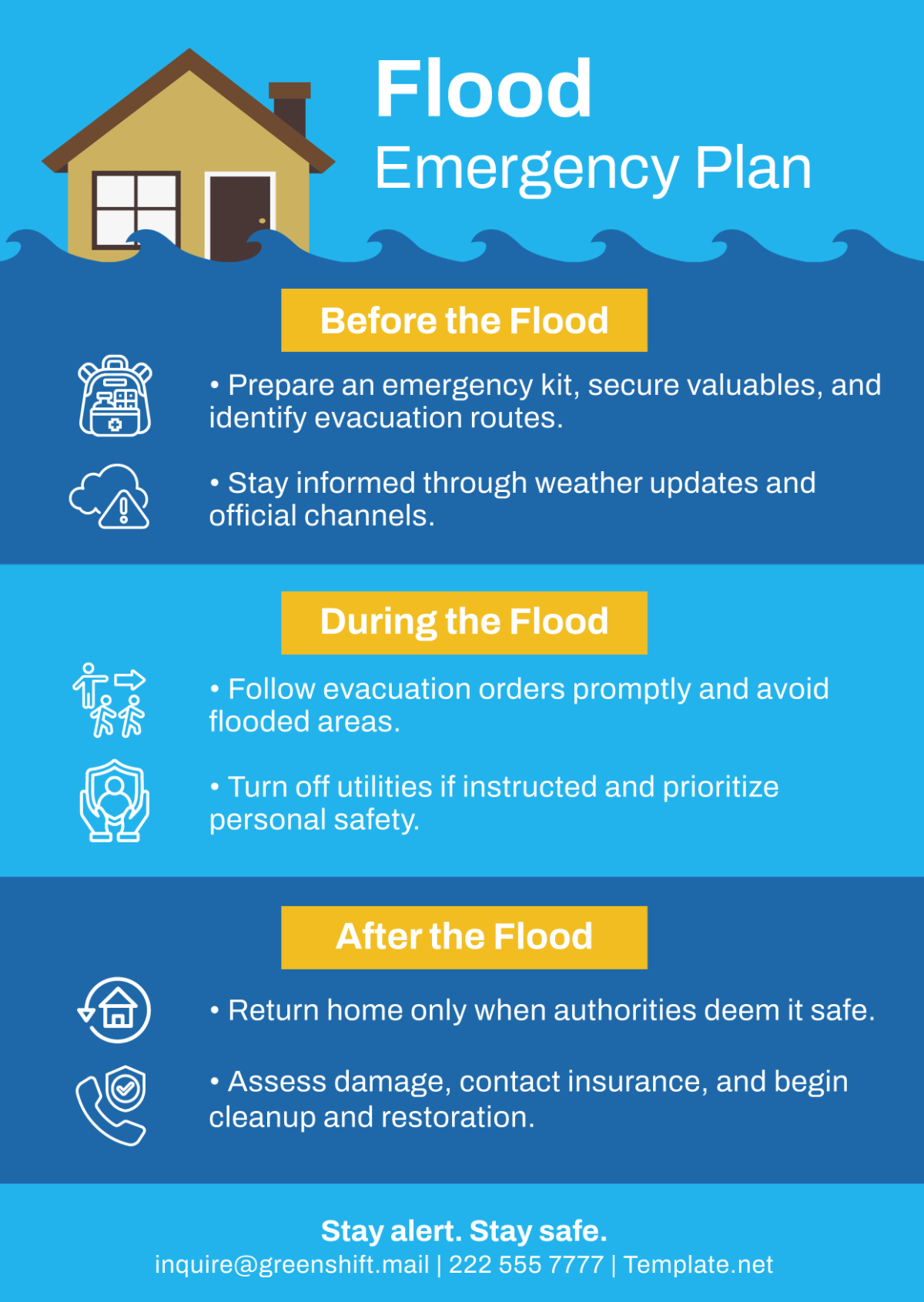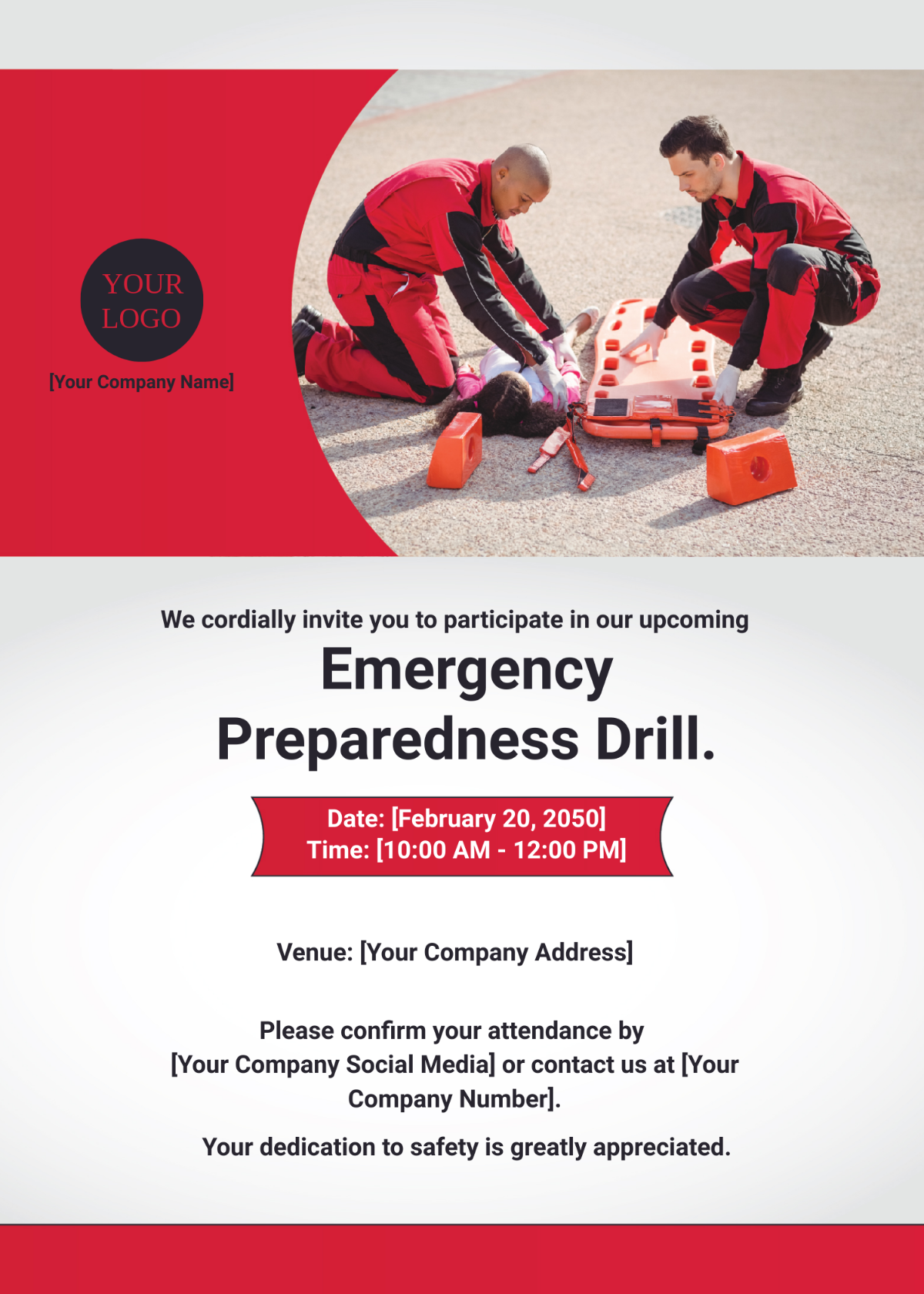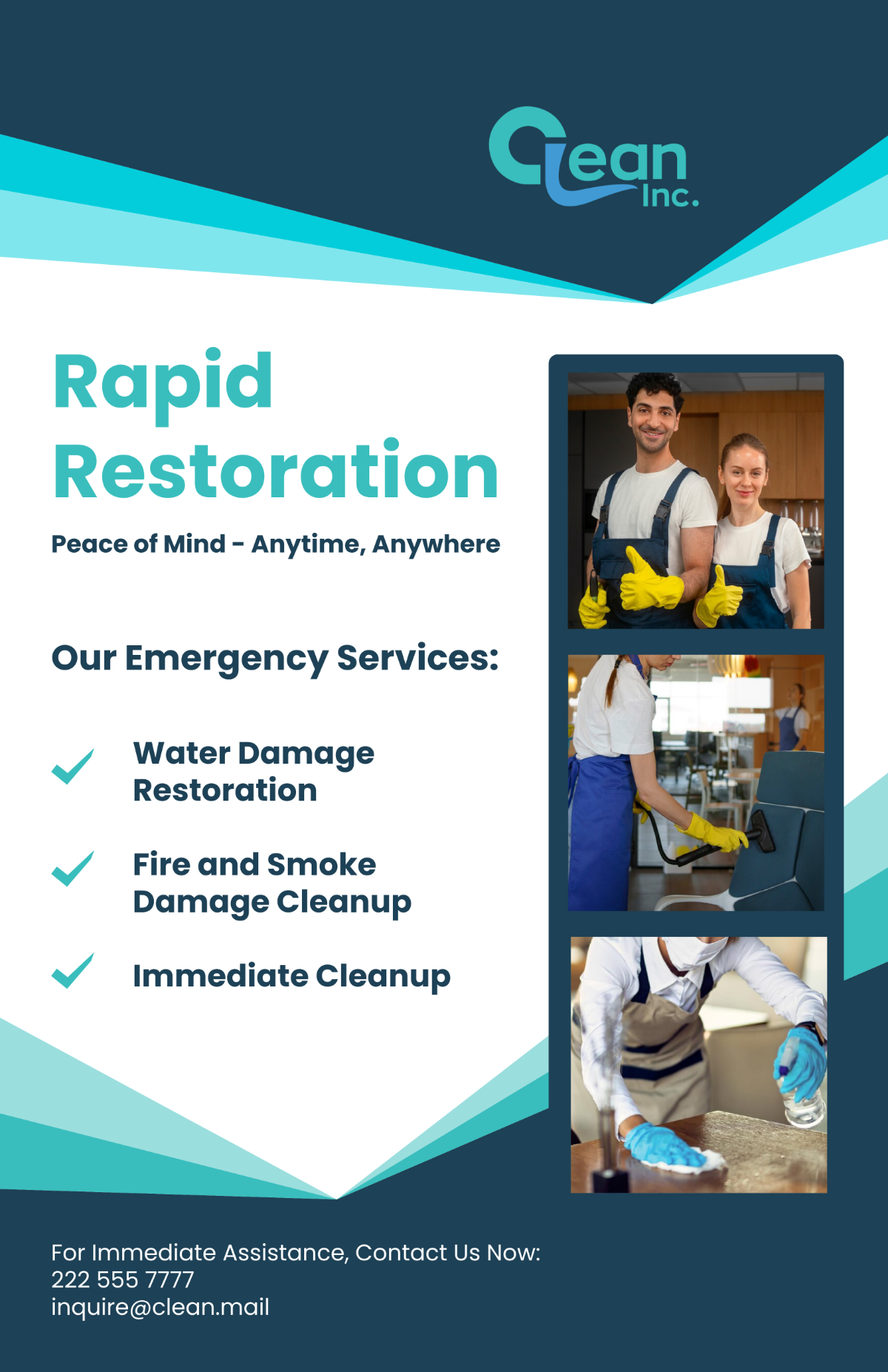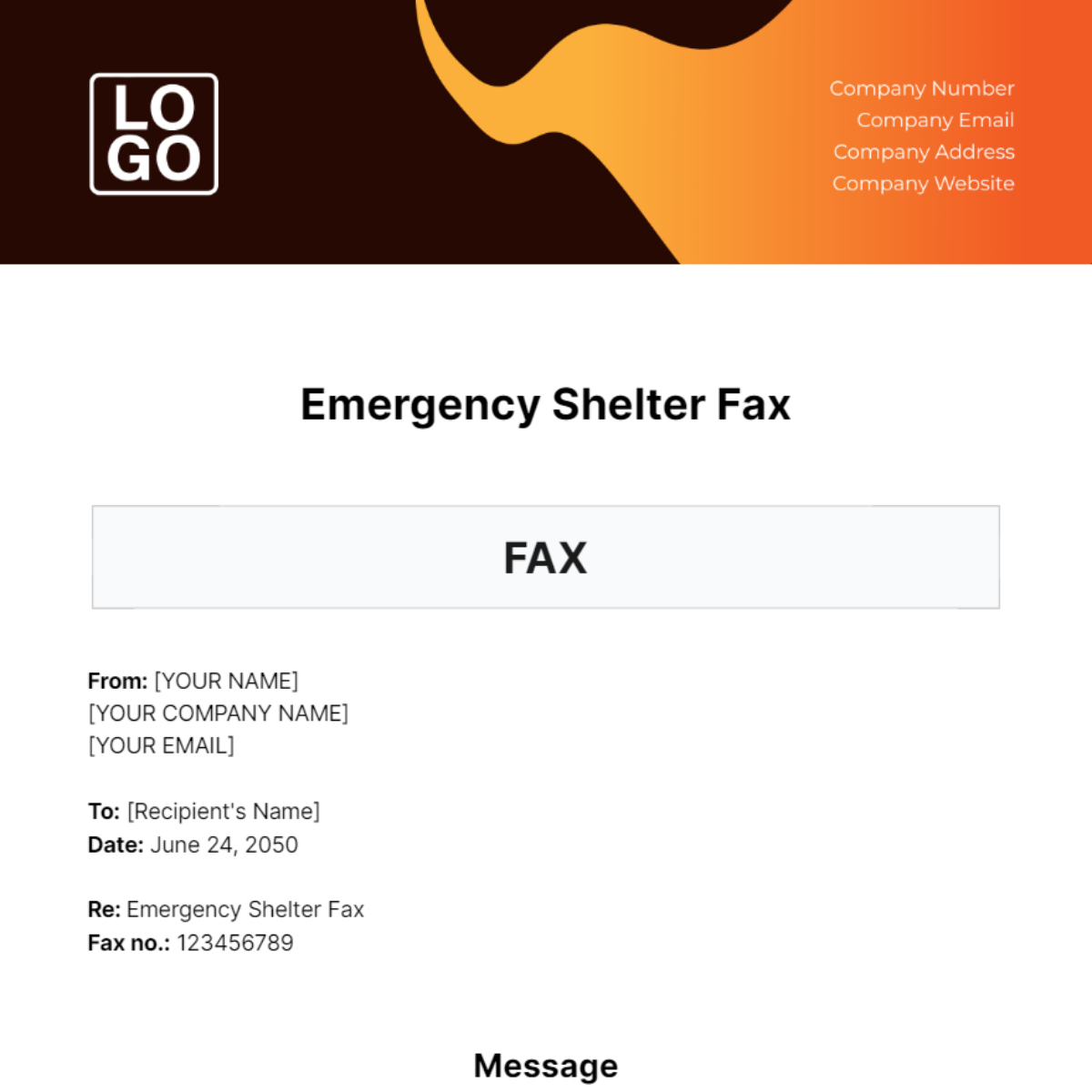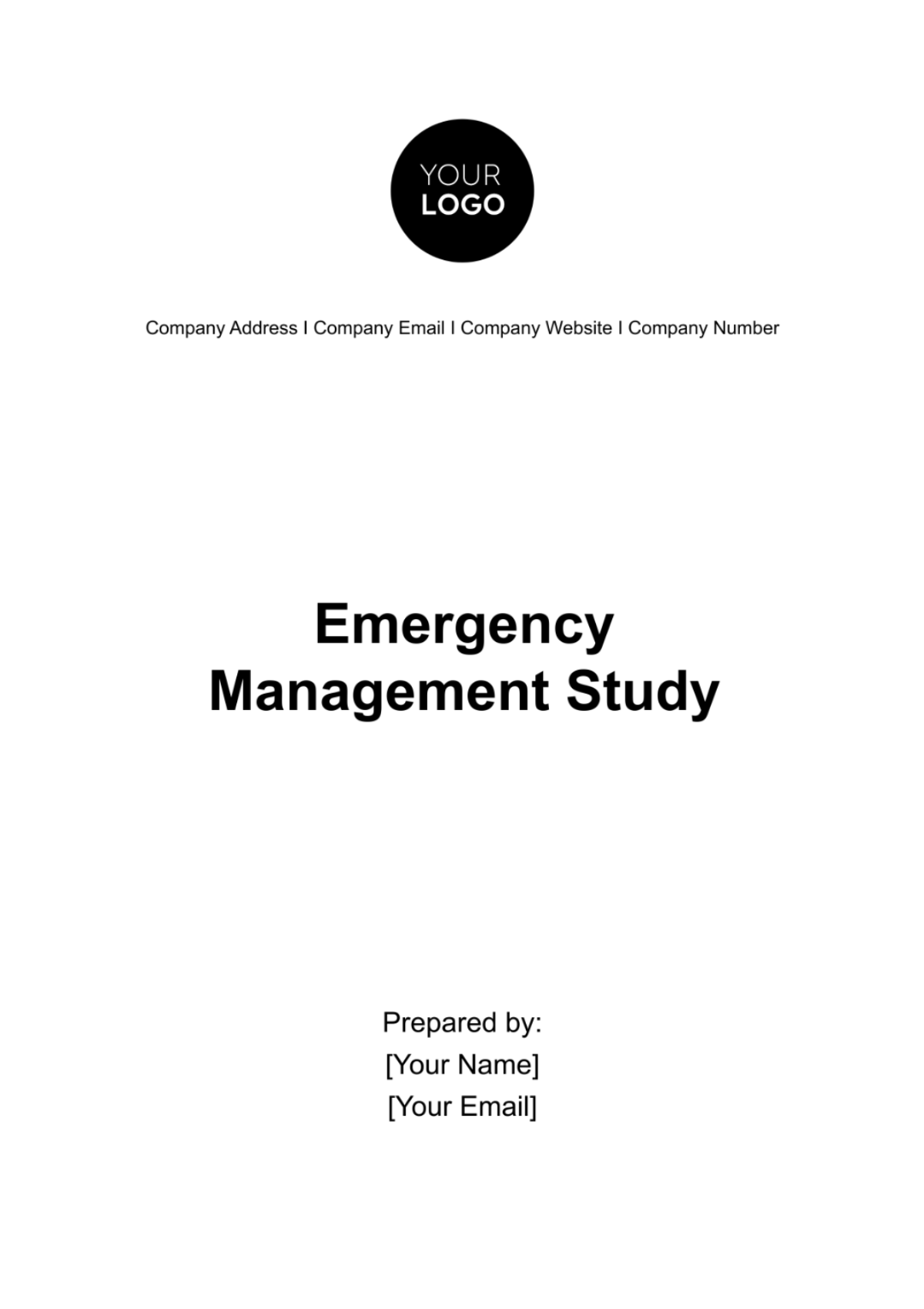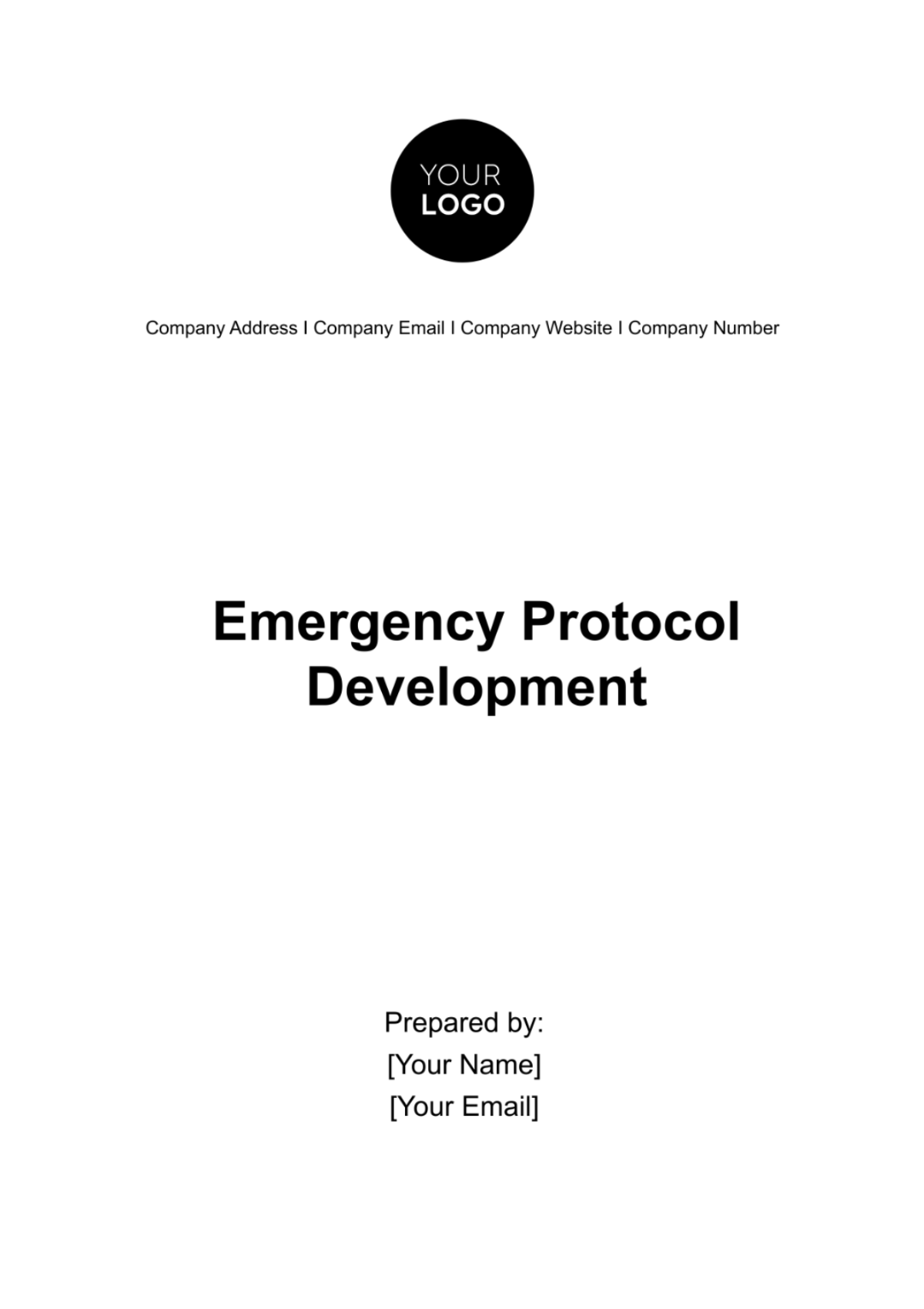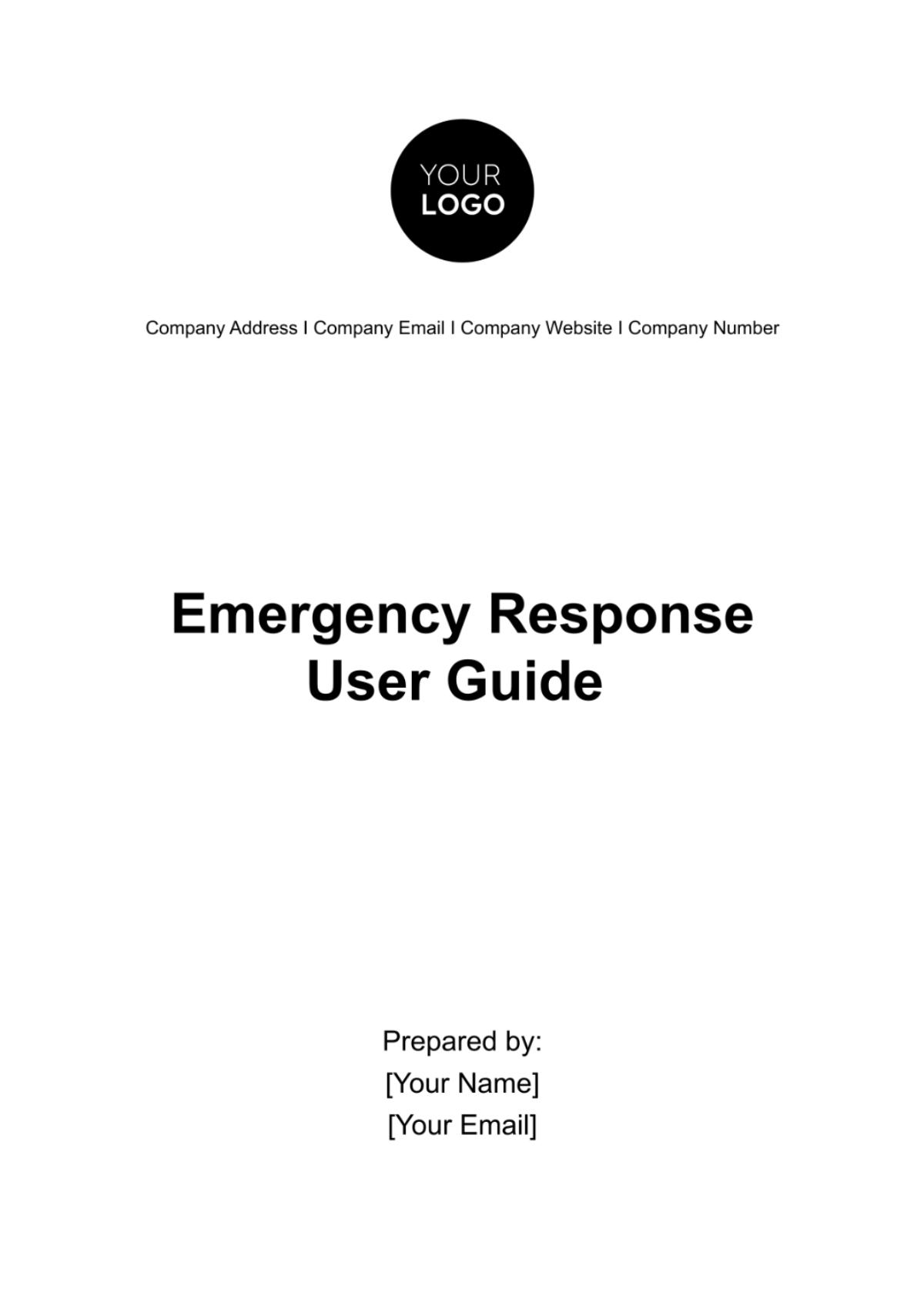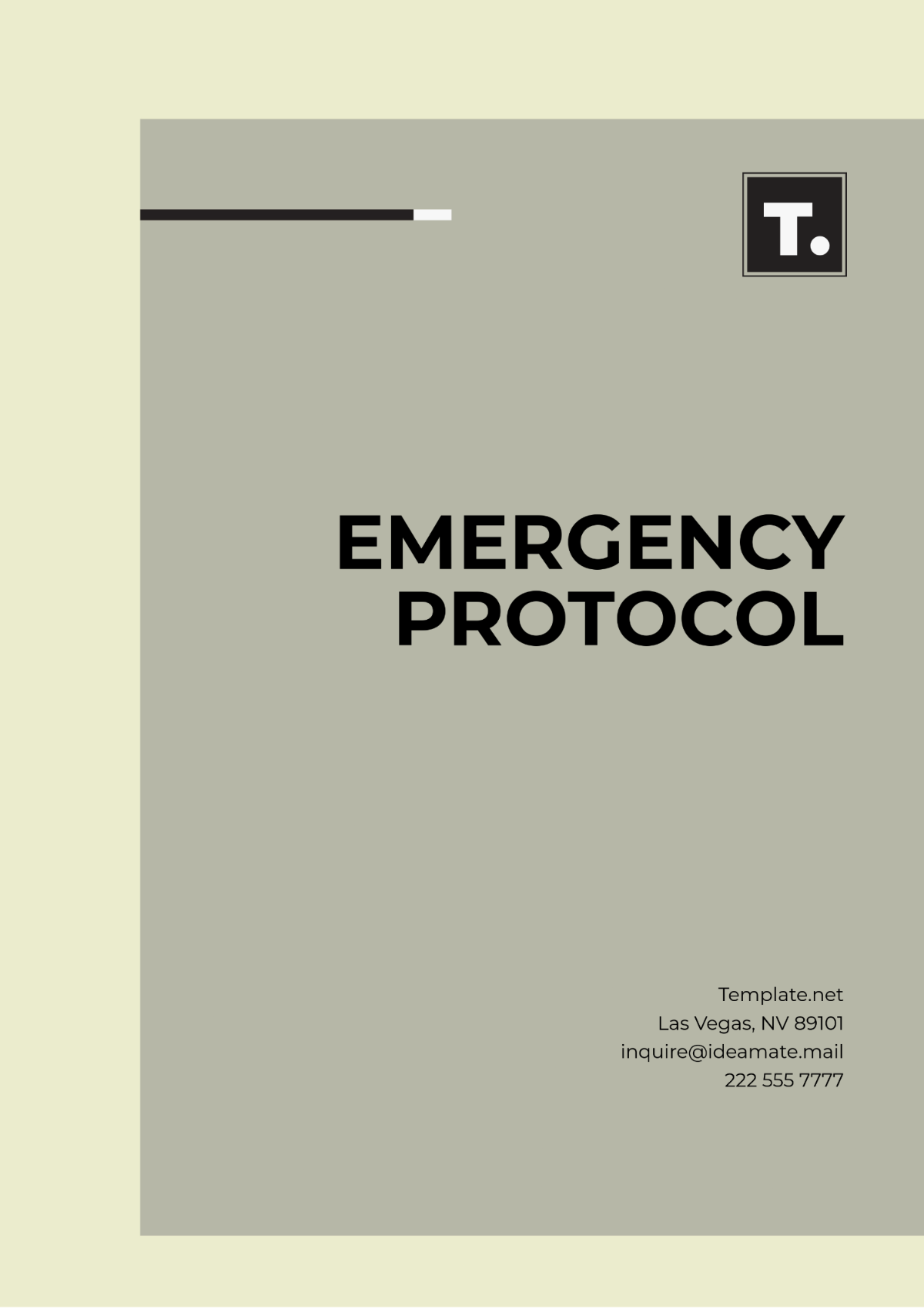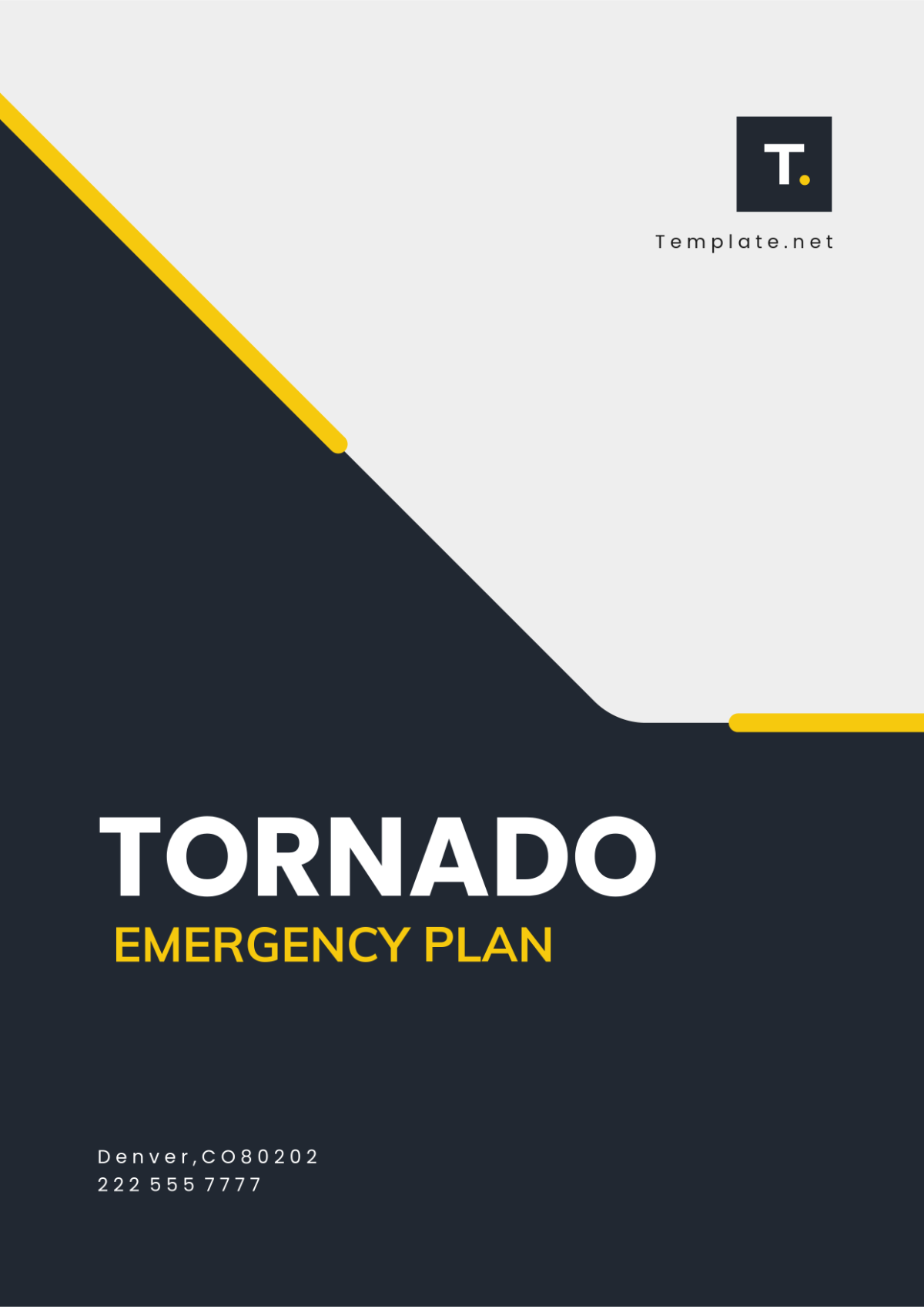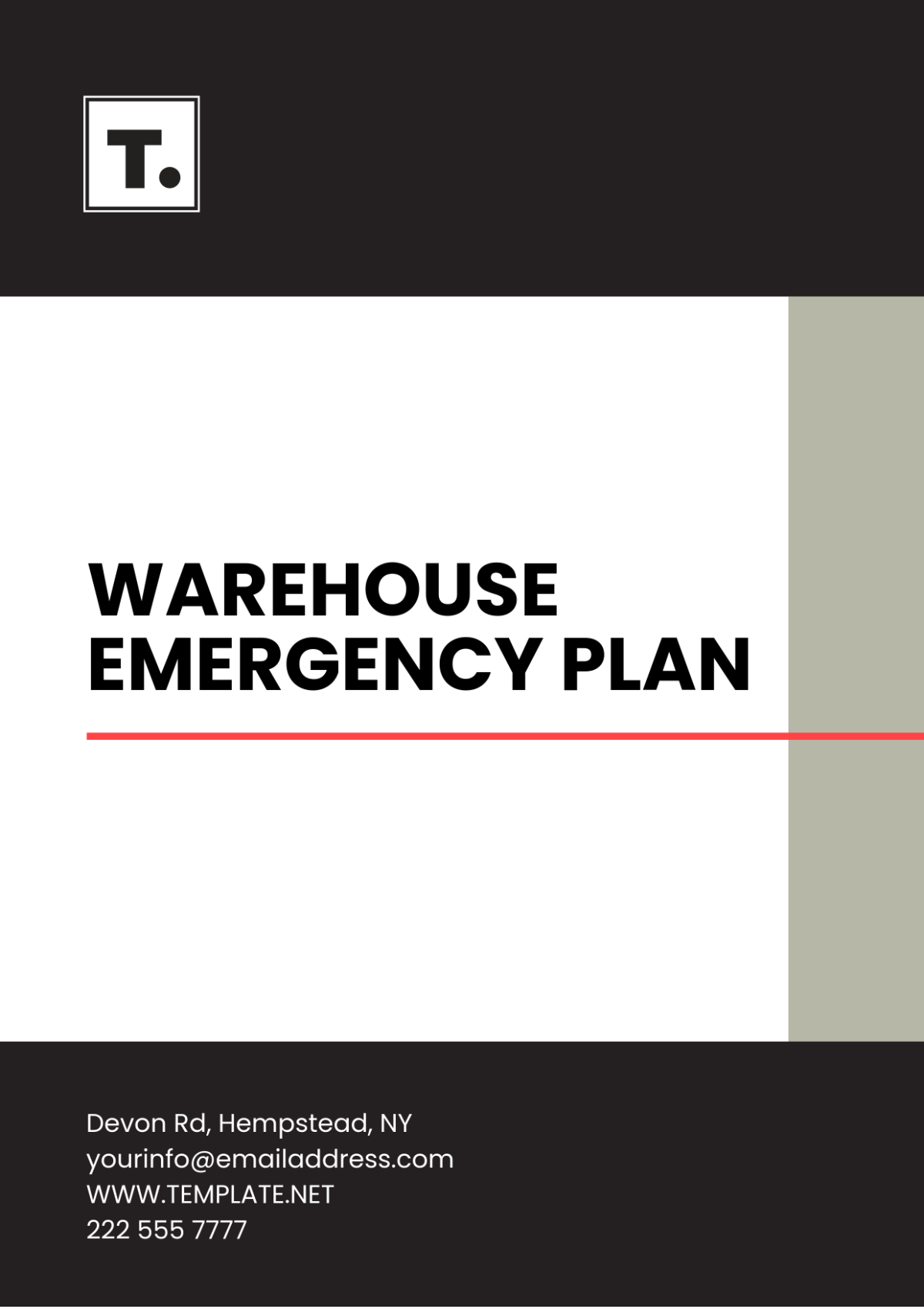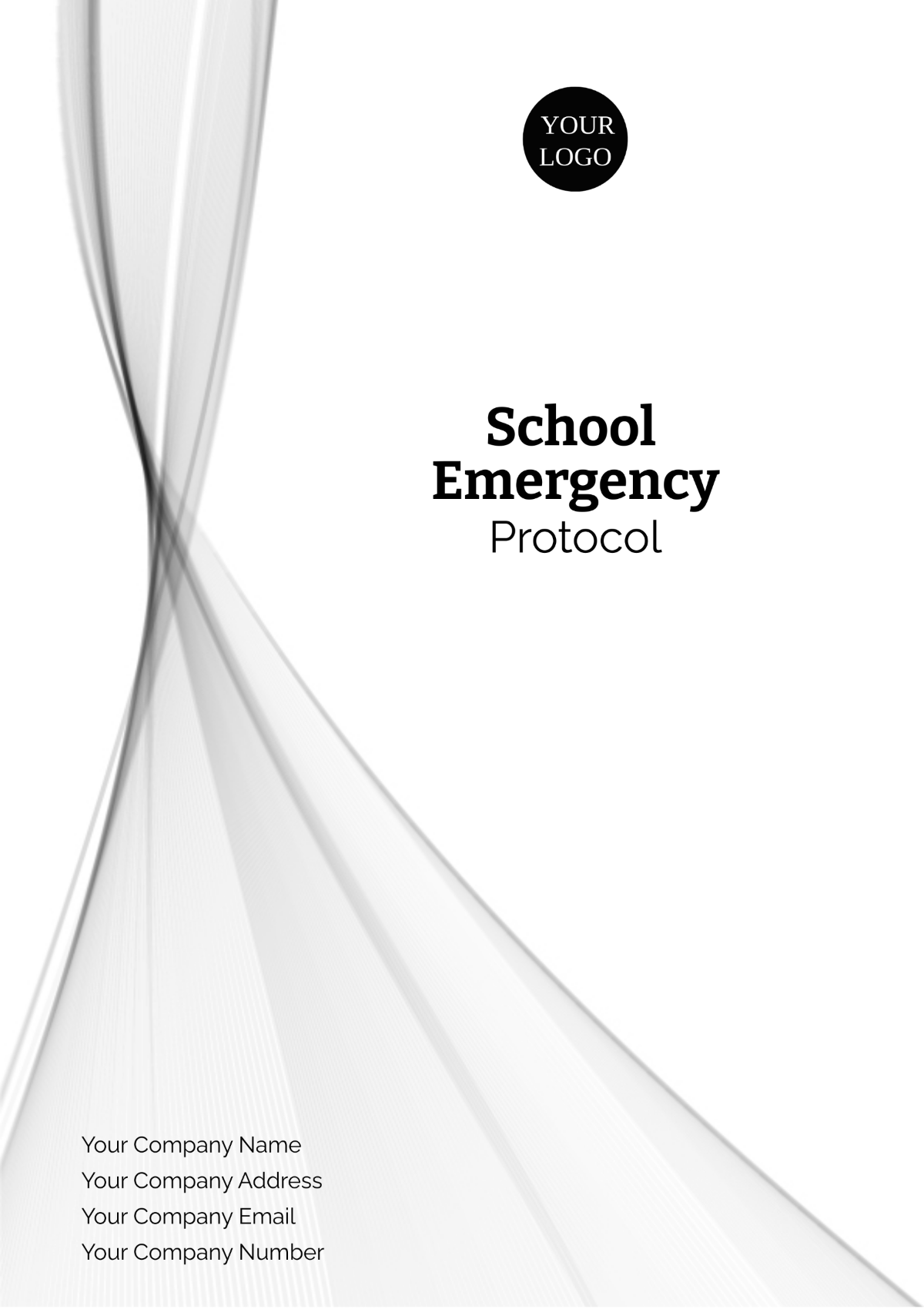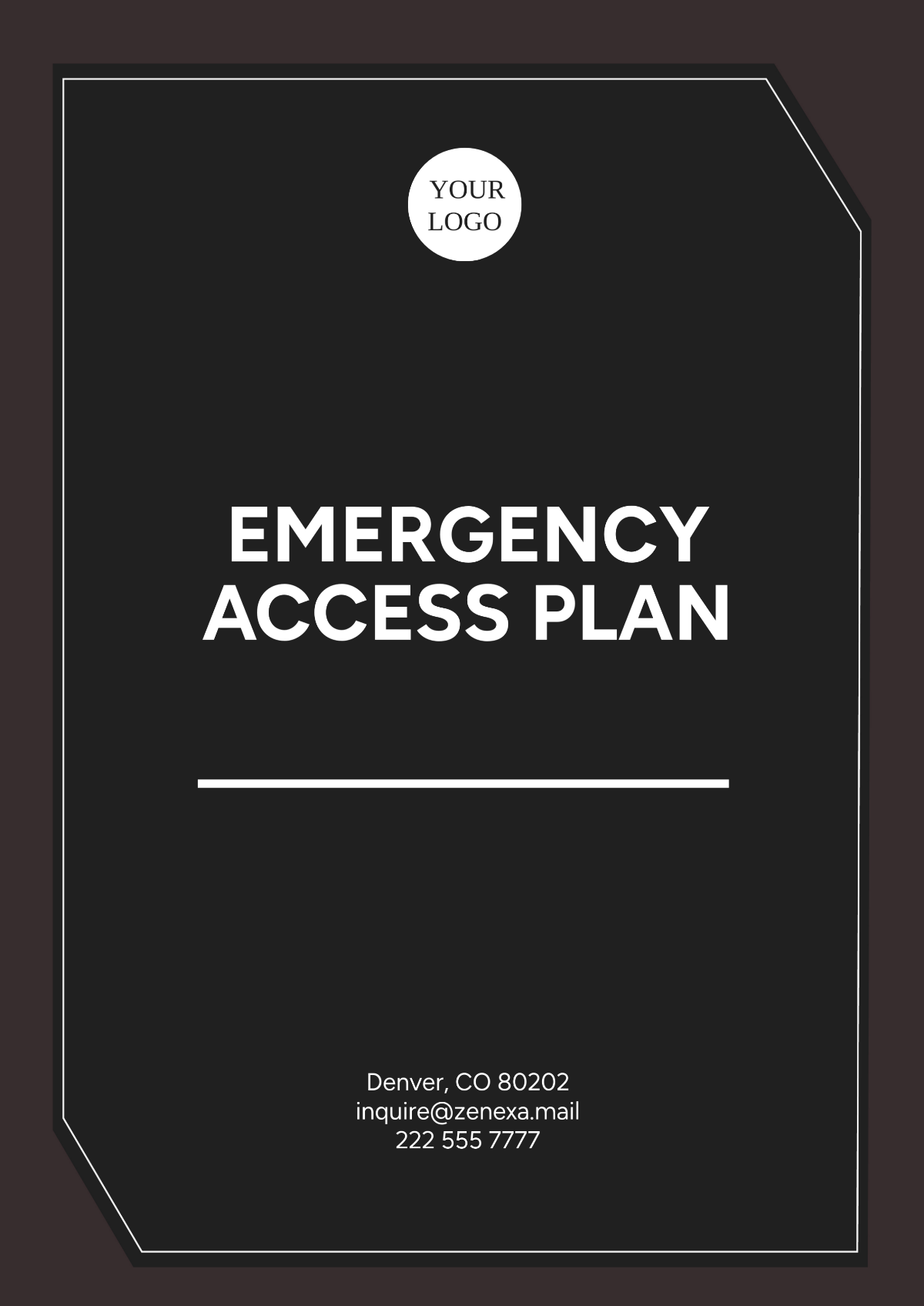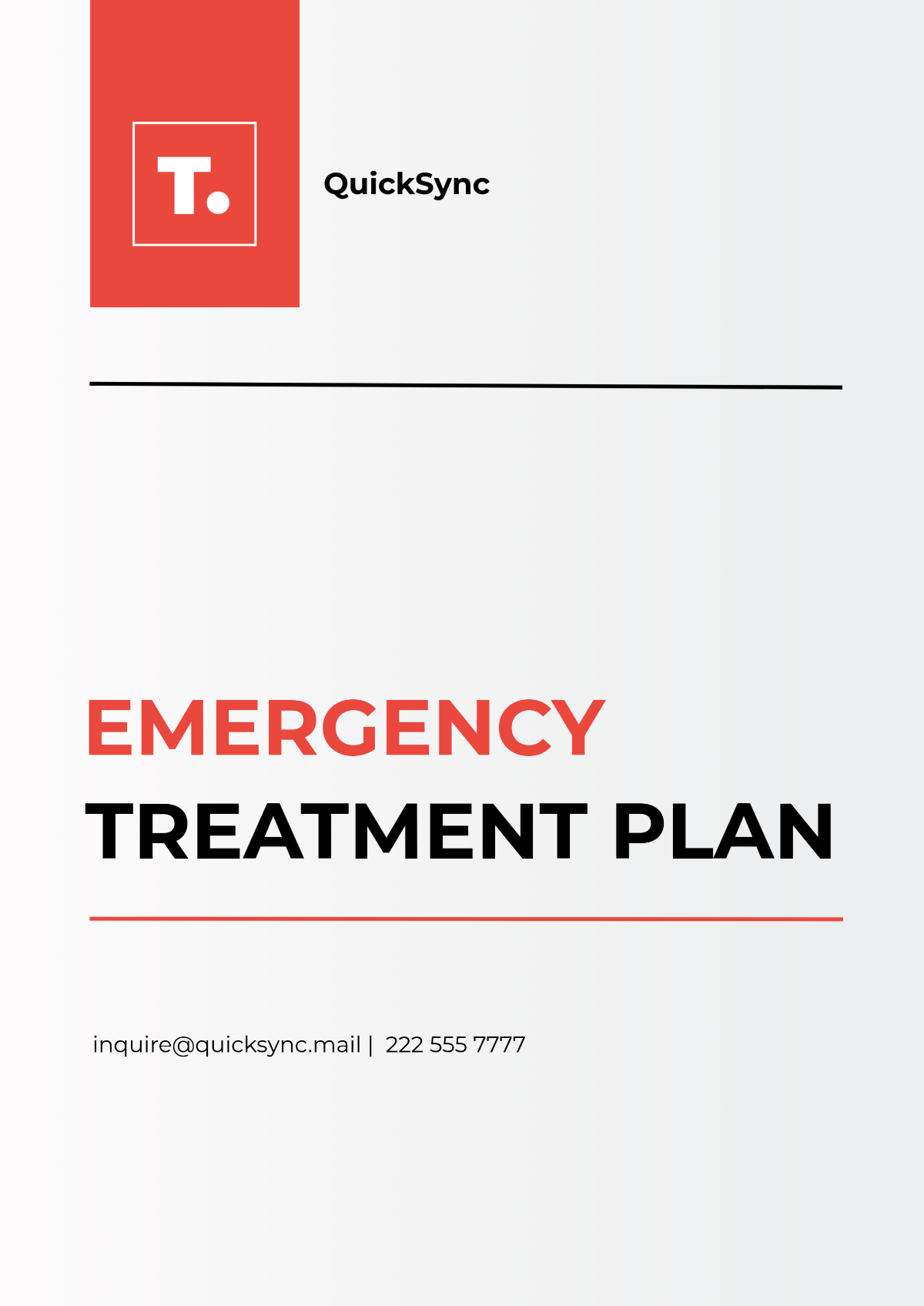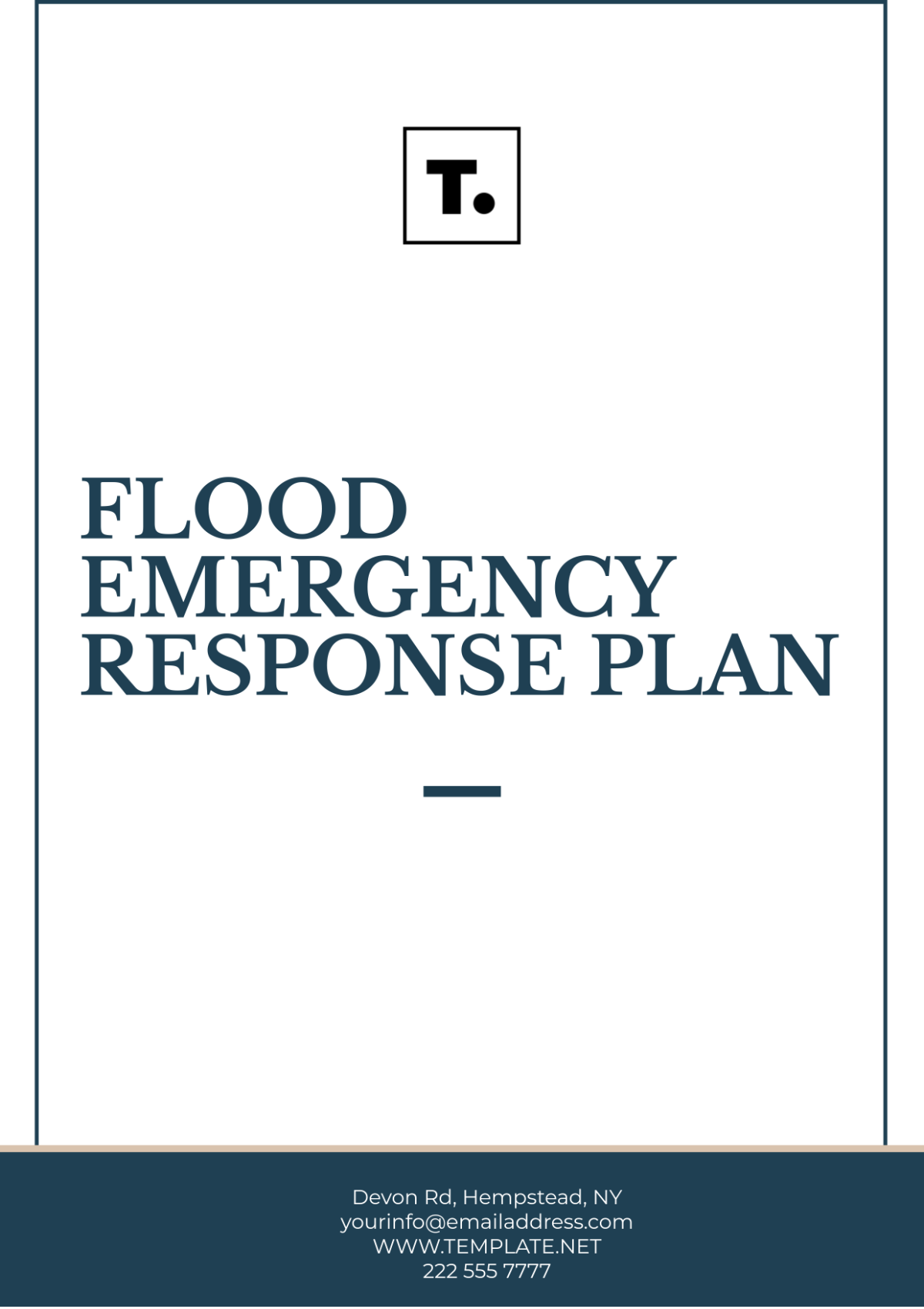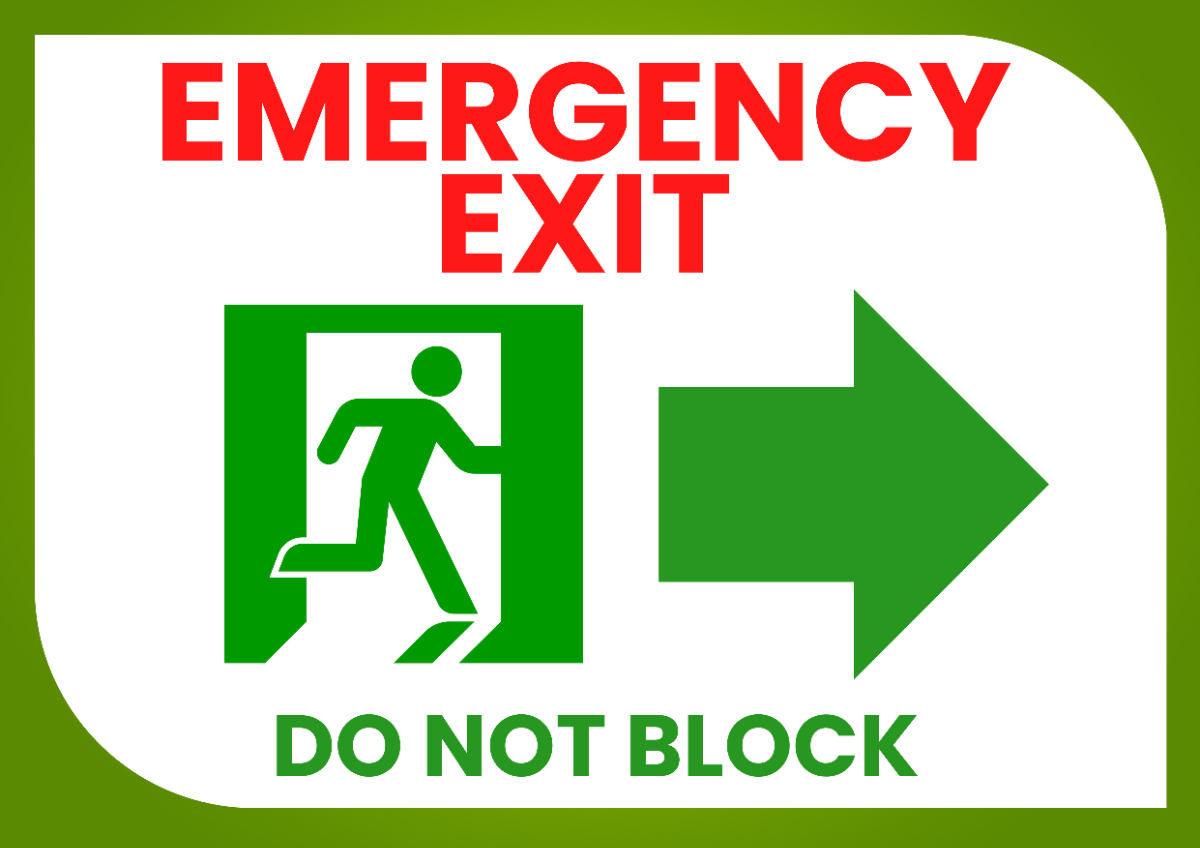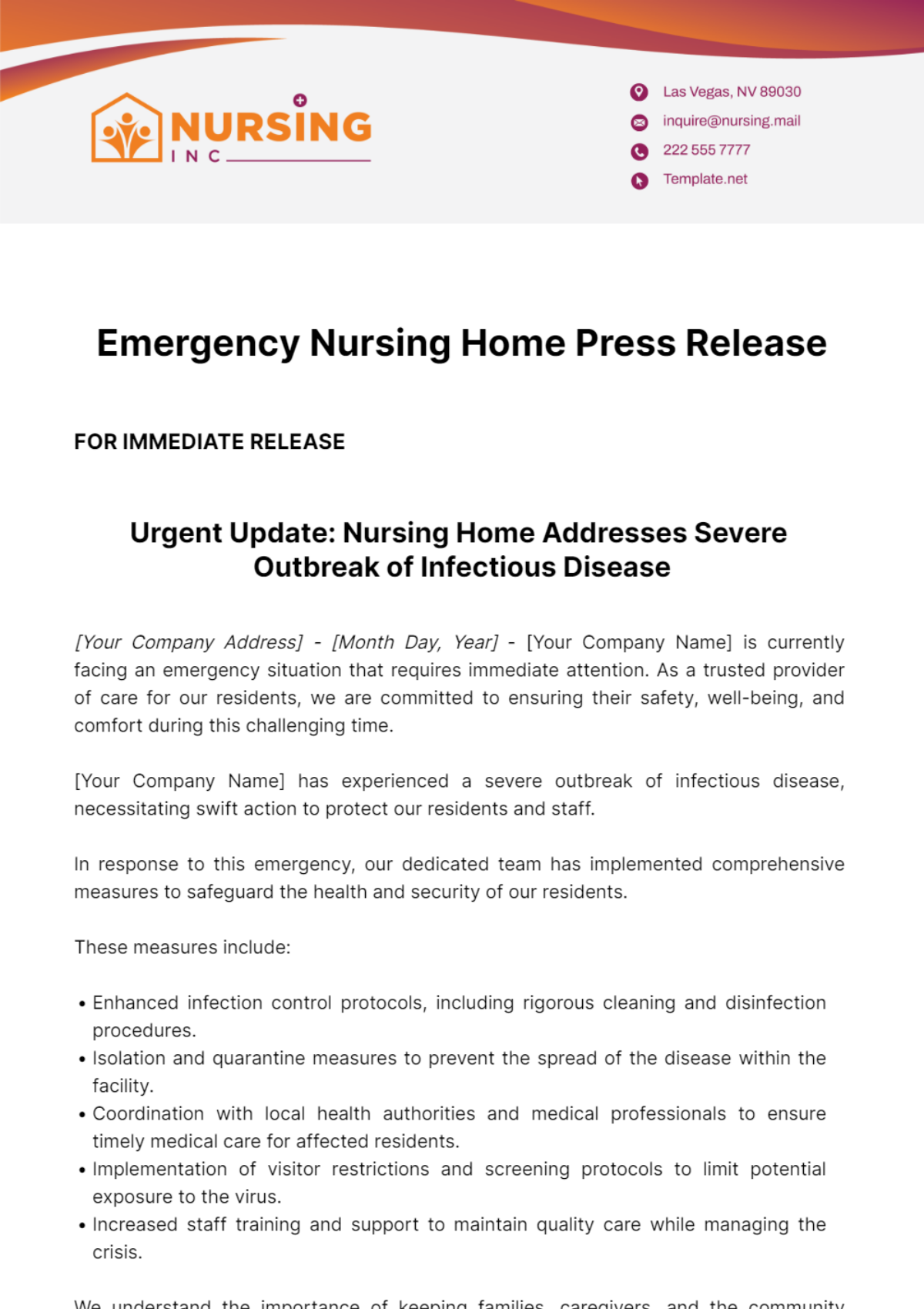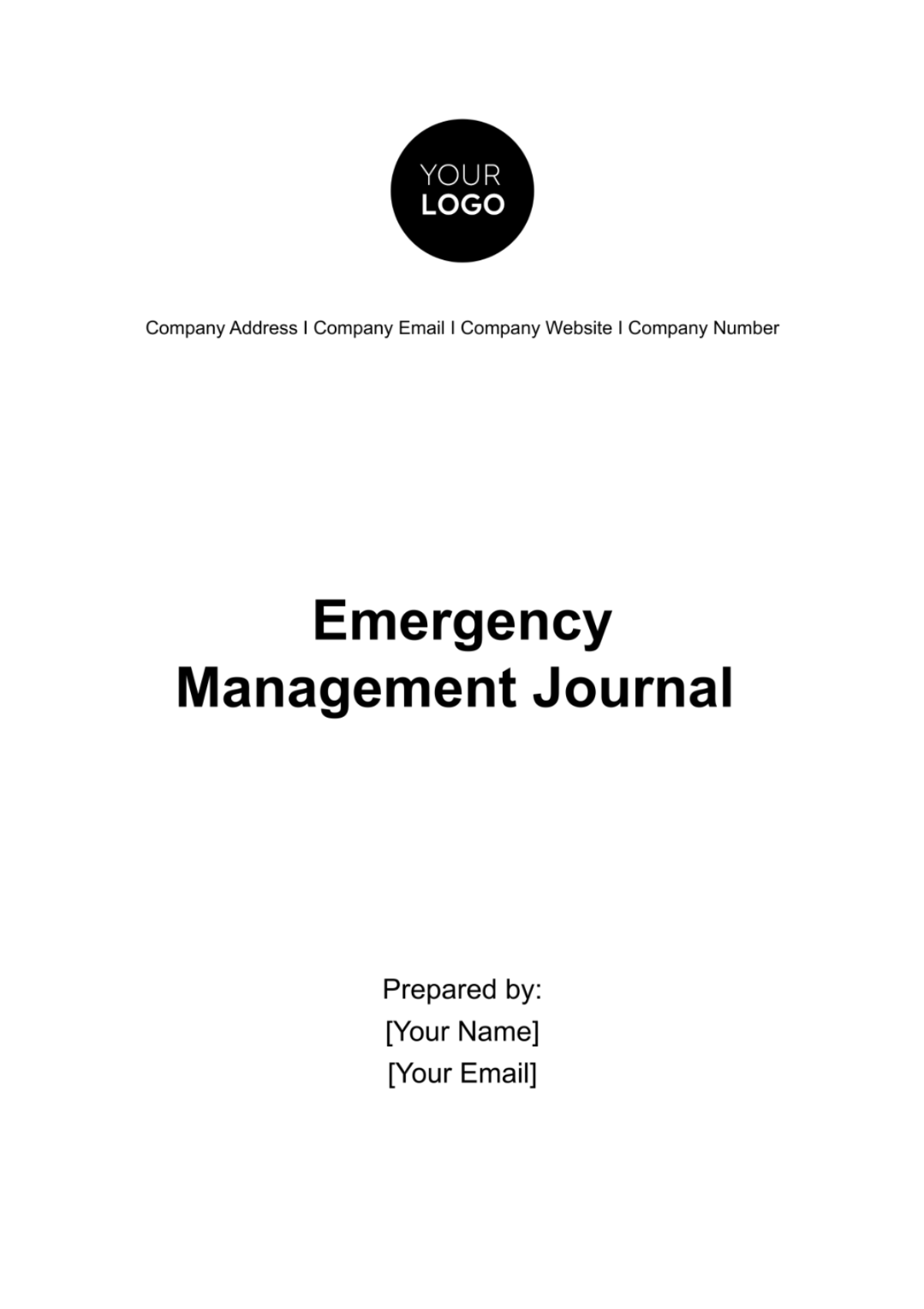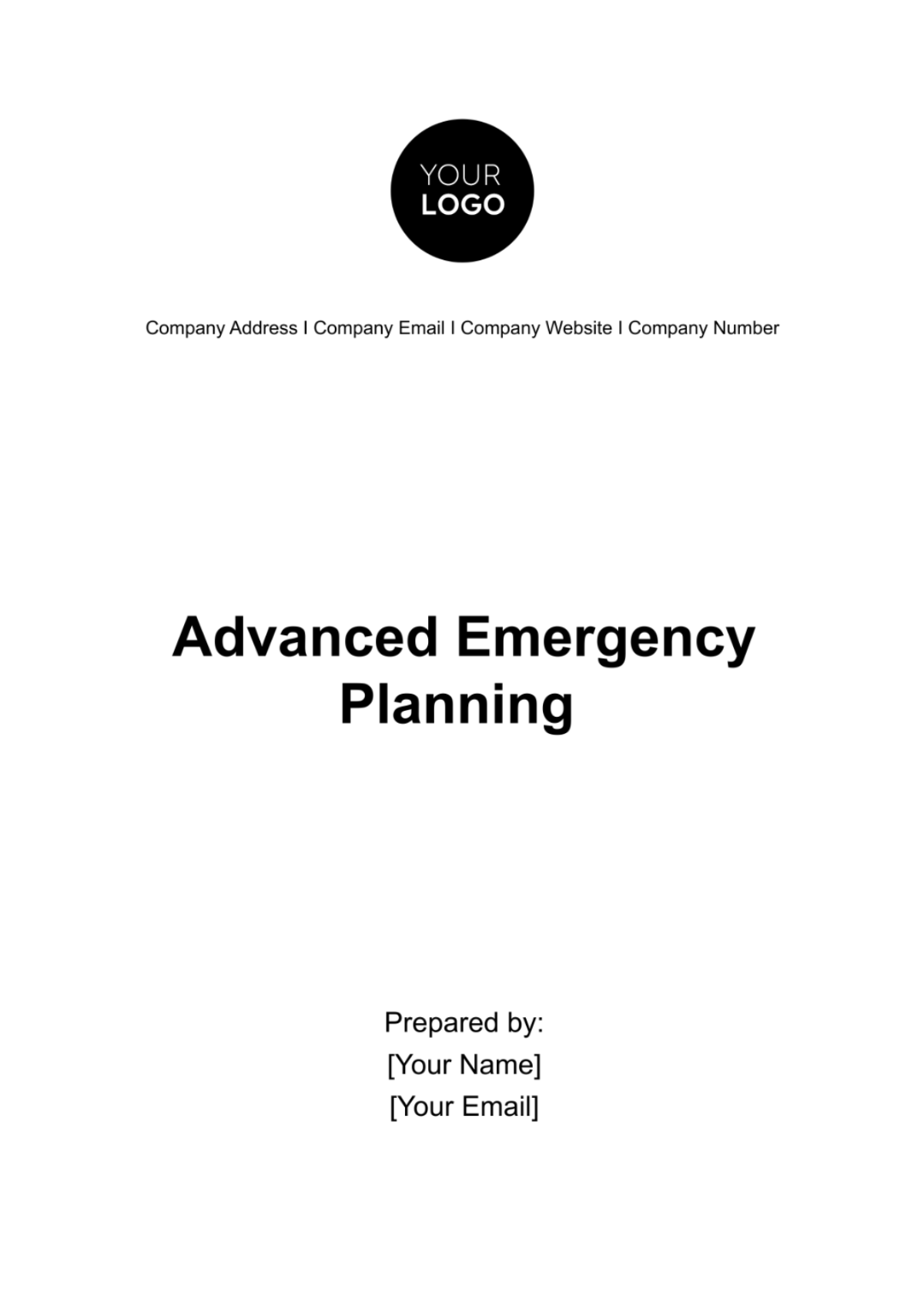Emergency Response Protocol
Name: | [YOUR NAME] |
Company Name: | [YOUR COMPANY NAME] |
Department: | [YOUR DEPARTMENT] |
Date: | [DATE] |
I. Introduction
To ensure the safety and well-being of all individuals within our healthcare facility, it is imperative to establish a comprehensive Emergency Response Protocol. This protocol is designed to provide a standardized framework for swift and effective action during crises, thereby enhancing preparedness and mitigating risks. By detailing communication protocols, and compliance requirements, and facilitating efficient coordination, this protocol aims to support training efforts and ensure that our organization is equipped to respond effectively to a range of emergencies.
II. Scope
This Emergency Response Protocol applies to all staff members, volunteers, contractors, and visitors within the healthcare facility premises. It encompasses various emergency scenarios, including but not limited to natural disasters, medical emergencies, security threats, and hazardous material incidents.
III. Communication Protocols
Primary Communication Channels: The primary communication channels during emergencies include but are not limited to:
Intercom System: Utilized for broadcasting urgent messages facility-wide.
Text Messaging/Alert System: Used to disseminate critical information to staff members.
Email: Employed for detailed updates and instructions as necessary.
Two-Way Radios: Utilized by designated emergency response teams for real-time communication.
Chain of Command: A clear chain of command will be established and communicated to all staff members. This ensures efficient decision-making and coordination during emergencies.
Reporting Procedures: Staff members are required to promptly report any emergency or suspicious activity to the designated authorities via the established communication channels.
Verification of Information: Before disseminating information, staff members must verify its accuracy and authenticity to prevent the spread of rumors or misinformation.
IV. Compliance Requirements
Training: All staff members are required to undergo regular training sessions on emergency response procedures. Training sessions will cover various scenarios, evacuation routes, and roles and responsibilities during emergencies.
Equipment Maintenance: Emergency response equipment, including fire extinguishers, first aid kits, and communication devices, must be regularly inspected, maintained, and kept in operational condition.
Drills and Exercises: Routine drills and exercises will be conducted to assess the effectiveness of the Emergency Response Protocol. Feedback from these drills will be used to improve and refine emergency response procedures.
V. Coordination and Response
Designated Response Teams: Specific response teams will be established to address different types of emergencies, such as medical emergencies, fire emergencies, and security incidents.
Evacuation Procedures: Clear evacuation procedures and evacuation routes will be established and prominently displayed throughout the facility. Staff members will be trained on evacuation protocols.
Medical Emergency Response: Trained medical personnel will be designated to provide immediate assistance to individuals requiring medical attention during emergencies.
Security Measures: Security protocols will be implemented to safeguard the facility and its occupants during security threats or violent incidents.
VI. Review and Continuous Improvement
Regular reviews of the Emergency Response Protocol will be conducted to ensure its effectiveness and relevance. Feedback from drills, exercises, and real-world emergencies will be used to identify areas for improvement. Updates and revisions to the protocol will be made accordingly to enhance our organization's preparedness and response capabilities.
VII. Conclusion
The implementation of this Emergency Response Protocol is essential to safeguarding the lives and well-being of all individuals within our healthcare facility. By adhering to the established procedures, maintaining compliance with requirements, and fostering a culture of preparedness, we can ensure swift and effective responses to emergencies, thereby minimizing risks and optimizing outcomes.
